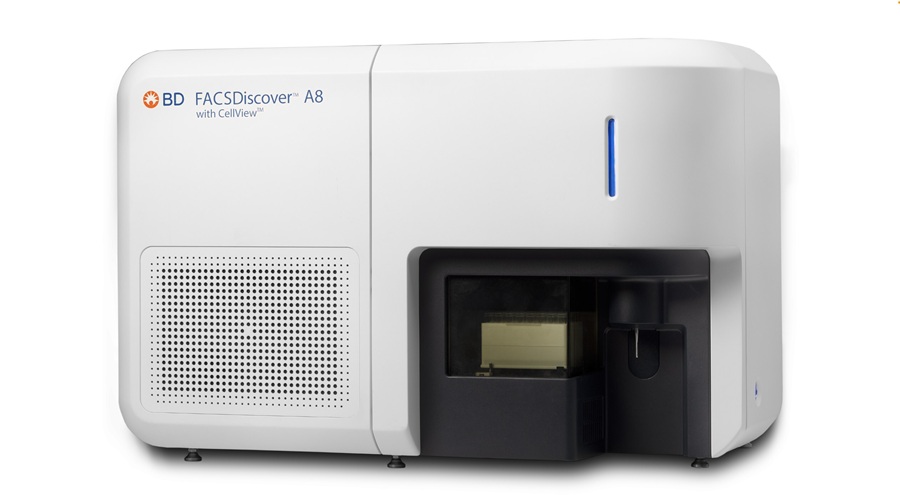Global Volume of IVD Procedures Exceeds 21 Billion in 2016
By LabMedica International staff writers
Posted on 18 Apr 2017
The global volume of in vitro diagnostic (IVD) procedures, excluding the over-the counter (OTC) point of care (POC) market and professional POC glucose monitoring activity, reached 21.4 billion in 2016. Currently, an estimated 80% of all conditions diagnosed by physicians worldwide are based at least partially on the results of IVD procedures.Posted on 18 Apr 2017
These are the latest findings of Kalorama Information, an independent medical market research firm.
Over the past few years, significant progress has been made in IVD testing technology due to advances in functional genomics and proteomics, coupled with innovations in automated instruments, bioinformatics, and telecommunications. As a result of developments in IVD testing technology, new tools are becoming available for the detection and analysis of major health problems across the world, such as cancer, diabetes, heart disorders, and infectious diseases.
Evolving global epidemiological patterns, coupled with changing patient care approaches, are driving demand for a full range of routine and esoteric IVD procedures. Medical providers select IVD procedures based on various factors such as nature of the healthcare activity involved, presence or absence of obvious patient symptoms, patient characteristics and history, and, increasingly, cost and third-party reimbursement eligibility. Based on broad detection capabilities, core laboratories – which consolidate routine tests from multiple disciplines, chemistry, immunoassay, urinalysis, microbiology, coagulation, HPV cytology – held the largest share of global IVD procedure volume in 2016.
Going forward, medical providers across the world are expected to depend increasingly on POC and clinical laboratory tests to identify patient health problems in early stages and prescribe appropriate therapies. Increasing applications in testing of hospital patients, patients undergoing physical examinations and periodic healthcare checkups, and patients suspected of ingesting toxic substances will drive the volume of core laboratory procedures implemented across the world. An aging population and rising level of diseases and disorders worldwide will continue to drive the volume of patient testing conducted in most countries. Moreover, the adaptation of molecular and other advanced life science technologies to new and improved reagents and instruments will broaden IVD capabilities in detecting medical conditions. However, with several countries witnessing shorter hospital stays and tighter health insurance restrictions on outpatient testing, the growth in the volume of core laboratory procedures will slow down from the historical levels. Additionally, the need for some core laboratory tests will be eliminated by increasing competition from POC, molecular, and histology/cytology diagnostics.
There are about 500 participants in the IVD industry, including small, narrowly focused firms as well as large diversified multinational companies. The competitive structure of the global IVD industry is relatively concentrated at the top tier, with 10 large, multinational corporations controlling almost 70% of the global market in 2016. These industry leaders compete in multiple product segments and have established their strong competitive positions by combining internal research and development (R&D) activities with acquisitions and external collaborative agreements. Since IVD products serve healthcare applications, producers are subject to strict government regulations and serve highly price-sensitive markets. In order to achieve success in the industry, producers will be required to effectively balance R&D, productivity, manufacturing efficiencies, effective marketing and distribution, and responsive customer service.




 assay.jpg)








